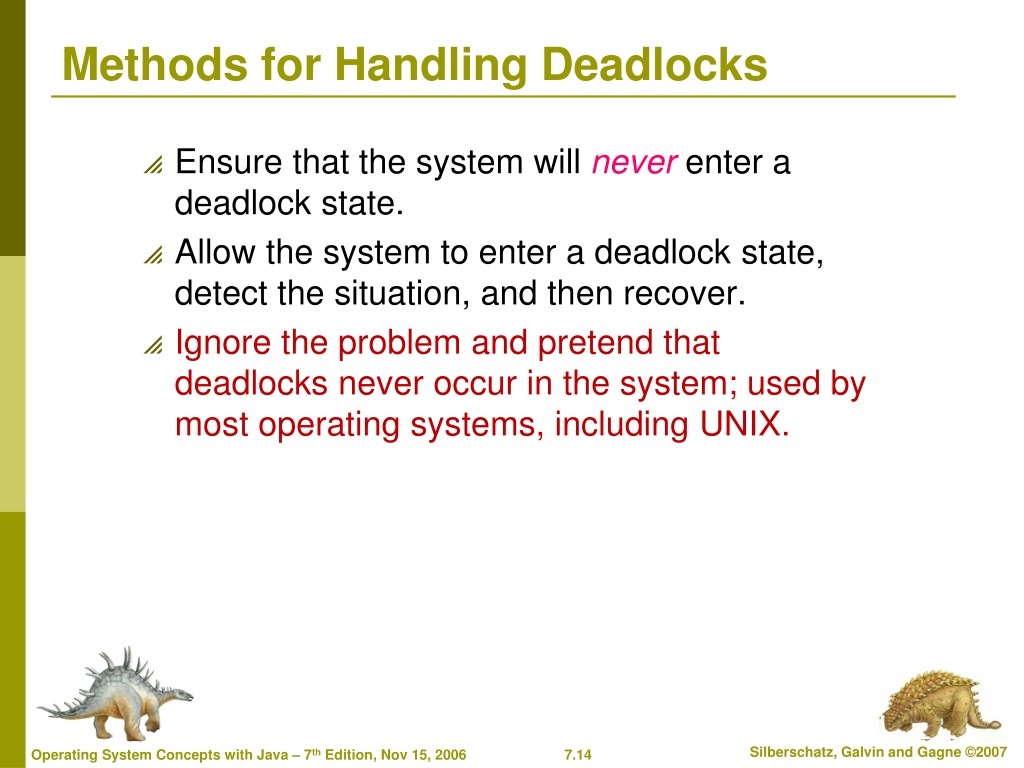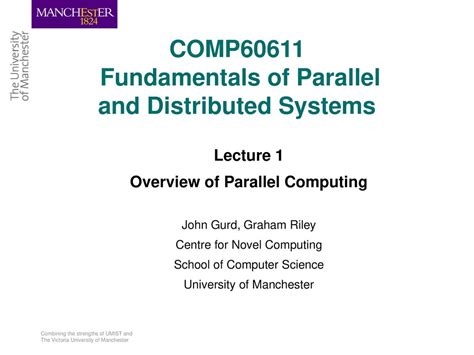Avoiding Deadlock

Avoiding deadlock is a critical aspect of system design, particularly in operating systems, database systems, and distributed systems. Deadlock occurs when two or more processes are blocked indefinitely, each waiting for the other to release a resource. This can lead to a complete system freeze, resulting in significant downtime and lost productivity. In this article, we will delve into the world of deadlock, exploring its causes, consequences, and prevention techniques.
Understanding Deadlock

Deadlock is a complex phenomenon that arises from the interaction of multiple processes competing for shared resources. To understand deadlock, it is essential to familiarize ourselves with the necessary conditions that must be met for a deadlock to occur. These conditions, known as the Coffman conditions, are: mutual exclusion, hold and wait, no preemption, and circular wait. When these conditions are satisfied, a deadlock can occur, bringing the system to a grinding halt.
Coffman Conditions
The Coffman conditions provide a framework for understanding the circumstances under which a deadlock can arise. Mutual exclusion occurs when a resource can only be used by one process at a time. Hold and wait happens when a process is holding a resource and waiting for another resource to become available. No preemption means that a process cannot be forced to release a resource it is holding. Finally, circular wait occurs when a process is waiting for a resource held by another process, which is, in turn, waiting for a resource held by the first process, creating a cycle of dependencies.
| Condition | Description |
|---|---|
| Mutual Exclusion | A resource can only be used by one process at a time |
| Hold and Wait | A process is holding a resource and waiting for another resource |
| No Preemption | A process cannot be forced to release a resource it is holding |
| Circular Wait | A process is waiting for a resource held by another process, creating a cycle of dependencies |

Key Points
- Deadlock occurs when two or more processes are blocked indefinitely, each waiting for the other to release a resource
- The Coffman conditions provide a framework for understanding the circumstances under which a deadlock can arise
- Mutual exclusion, hold and wait, no preemption, and circular wait are the necessary conditions for a deadlock to occur
- Prevention techniques, such as resource ordering and avoiding nested locks, can help mitigate the risk of deadlock
- Detection and recovery techniques, such as timeout mechanisms and rollback procedures, can help resolve deadlock situations when they occur
Prevention Techniques

Preventing deadlock is always preferable to detecting and recovering from it. Several techniques can be employed to minimize the risk of deadlock, including resource ordering, avoiding nested locks, and using lock timeout mechanisms. By carefully designing the system and implementing these prevention techniques, the likelihood of deadlock can be significantly reduced.
Resource Ordering
Resource ordering involves assigning a unique order to each resource, ensuring that processes always request resources in the same order. This approach can help prevent circular wait, one of the necessary conditions for deadlock. By enforcing a consistent ordering of resource requests, the system can avoid the cycle of dependencies that leads to deadlock.
Another approach to preventing deadlock is to avoid using nested locks. Nested locks occur when a process holds a lock on one resource and then requests a lock on another resource. This can create a situation in which a process is holding a resource and waiting for another resource, leading to a deadlock. By avoiding nested locks, the system can reduce the risk of deadlock and ensure smoother operation.
What is the difference between deadlock prevention and deadlock avoidance?
+Deadlock prevention involves designing the system to prevent deadlock from occurring in the first place. Deadlock avoidance, on the other hand, involves detecting the potential for deadlock and taking steps to avoid it. While prevention techniques focus on minimizing the risk of deadlock, avoidance techniques focus on detecting and responding to deadlock situations as they arise.
How can resource ordering help prevent deadlock?
+Resource ordering helps prevent deadlock by ensuring that processes always request resources in the same order. This approach can help prevent circular wait, one of the necessary conditions for deadlock. By enforcing a consistent ordering of resource requests, the system can avoid the cycle of dependencies that leads to deadlock.
What are the consequences of deadlock in a system?
+The consequences of deadlock in a system can be severe, leading to significant downtime and lost productivity. When a deadlock occurs, the system may freeze or become unresponsive, requiring manual intervention to resolve the situation. In addition to the immediate consequences, deadlock can also lead to long-term problems, such as data corruption or system instability.
In conclusion, avoiding deadlock is a critical aspect of system design, requiring a deep understanding of the necessary conditions that lead to deadlock and the techniques that can be employed to prevent it. By carefully designing the system, implementing prevention techniques, and detecting and responding to deadlock situations, developers can minimize the risk of deadlock and ensure reliable system operation. As system complexity continues to grow, the importance of deadlock prevention and avoidance will only continue to increase, making it essential for developers to stay up-to-date with the latest techniques and best practices in this field.



